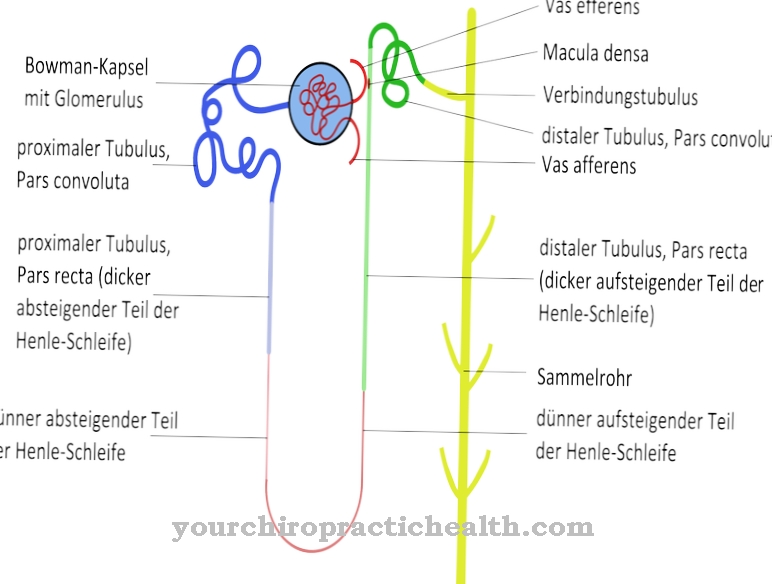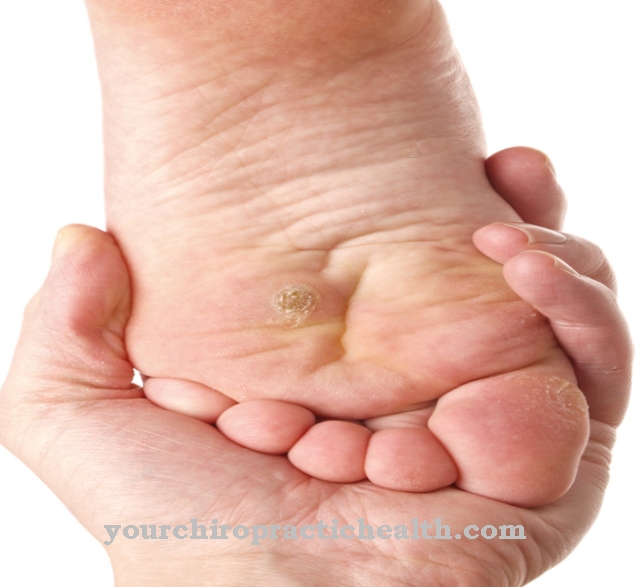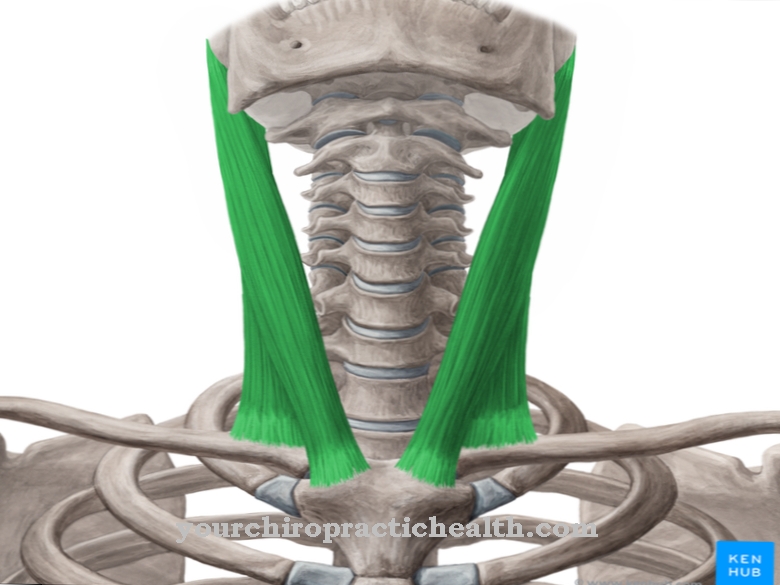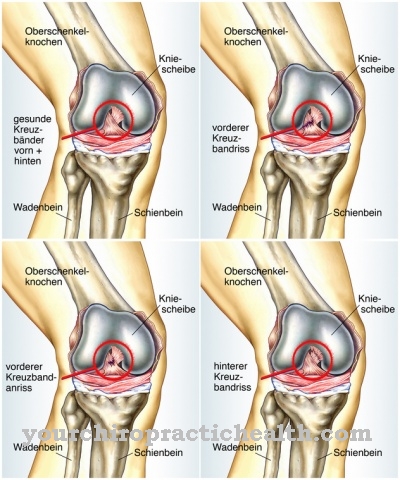The Lower leg of humans are not only important tools for the human gait, but often also an optical characteristic: They can be tight or hairy, they are tanned or have varicose veins. All of this often has to do with health. So it's time to take a closer look at the lower leg.
What is the lower leg?
Of the Lower leg is the section of the lower extremity that connects the knee to the foot. "Wade" is also popularly called it. It consists of two bones and lots of muscles and is strictly compartmentalized by inner skins (fascia).
Anatomy & structure
The anatomy of the Lower leg is actually quite clear: Two bones give this part of the leg stability, the shinbone (tibia) on the inside and fibula (fibula) on the outside run next to each other between the knee joint and the upper ankle joint.
However, the majority of the load is borne by the shin - the fibula is not involved in the knee joint itself and only has a small partial joint with the shin just below, in which there is hardly any movement. The fibula is not involved in the ankle joint, but most of the weight of the body is transferred to the bones of the foot via the shin. The function of the fibula is essentially the suspension of the upper ankle joint, and it also serves as the source of the muscles.
Four essential muscle compartments surround the bony skeleton of the lower leg: the anterior ankle muscles, the anterior-lateral "fibularis group" (also known as the "peroneal group"), the posterior superficial and the posterior deep muscle group, which are responsible for flexing the ankle and the tarsal joints. The most prominent muscle is probably the triceps surae muscle, which inserts as a three-headed muscle over the Achilles tendon on the heel bone and contributes a lot of force to the human gait.
Blood vessels run completely through the hollow of the knee into the lower leg and then divide into smaller branches between the superficial and deep muscle groups. A large branch pulls through the interosseous membrane, a membrane between the two bones, forwards again and supplies the anterior muscle compartment down to the dorsum of the foot. The upper part of the front lower leg is also supplied by a nerve that runs around the outside of the fibula head just below the knee and is prone to pressure damage at this point.
The remaining conduction pathways, including the nerves, run along the back under the medial ankle to under the sole of the foot. The venous drainage is often of particular medical interest: superficial skin veins run over the entire lower leg and continuously drain into a deeper drainage system. All leg veins eventually flow into the iliac vein in the groin area.
Function & tasks
The function of the Lower leg is of course first of all ensuring stability for standing upright and providing muscles for walking.
He also has to let enough blood through to safely supply the foot with oxygen and nutrients - this is initially not a difficult task when standing upright, because the blood pressure generated by the heart is also accompanied by gravity, which alone the blood from the heart would bring in the feet.
On the other hand, it is a particularly difficult task to transport the blood that has flowed down against the force of gravity back to the heart. A complex system of superficial and deep veins has been invented by nature for this purpose: In the veins there are venous valves at regular intervals, which only allow blood to flow in the direction of the heart and prevent backflow.
In order to generate a flow at all, in addition to the rather weak "suction" of the heart down here, the muscle pump in particular is of decisive importance: The veins are all located between the various muscle groups of the lower leg or pass through them, so that they literally whenever the muscles are tensed Being "squeezed out" - thanks to the venous valves only upwards.
Illnesses & ailments
There are a number of ailments and disorders that affect you Lower leg may occur. First of all, the quite common accidents in which broken bones can occur, especially on the shin, should be mentioned.
A so-called compartment syndrome is easily formed, an absolute emergency in which bruises in the very narrow muscle compartments of the lower leg "cut off" the blood supply to the entire lower leg.
Torn ligaments in the ankle are also a common sports injury. Many people deal with spider veins and varicose veins, which form when the muscles and connective tissue in the lower leg weaken, the venous valves wear out and the column of blood in the leg practically "stops". This means enormous pressure on the lower leg, which can lead to pain.
The arterial system is also the scene of serious diseases: In PAOD, the peripheral arterial occlusive disease, the arteries are narrowed by arteriosclerosis and the blood supply to muscles and other tissues in the leg and foot is at risk.












.jpg)



.jpg)










.jpg)
